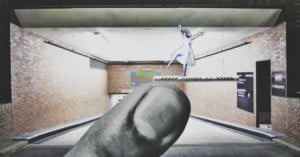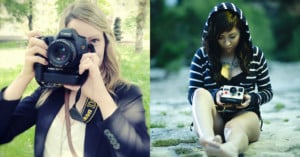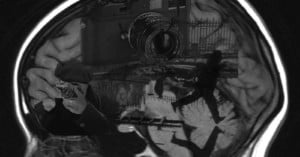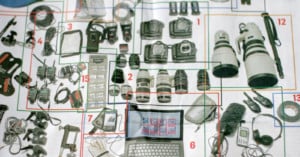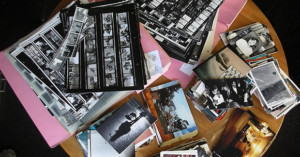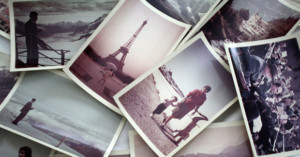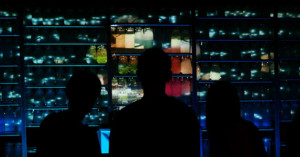
Nostalgia and the Collapse of Imagination
“Regardless of what it signifies, any photographic image also connotes memory and nostalgia, nostalgia for modernity and the twentieth century, the era of the pre-digital, pre-post-modern.” --Lev Manovich
There will always be a need to connect to the past. Contemporary culture actively and unconsciously cycles through past follies and reflects upon progress. It is no surprise then, that we see popular culture re-presenting past generations. Perhaps more so than any other period in our recent past, today’s pop-cultural climate is mimicking that of the 1970s.

